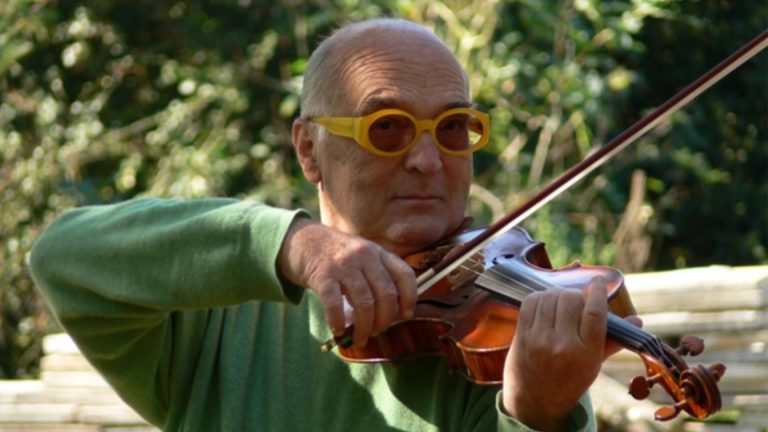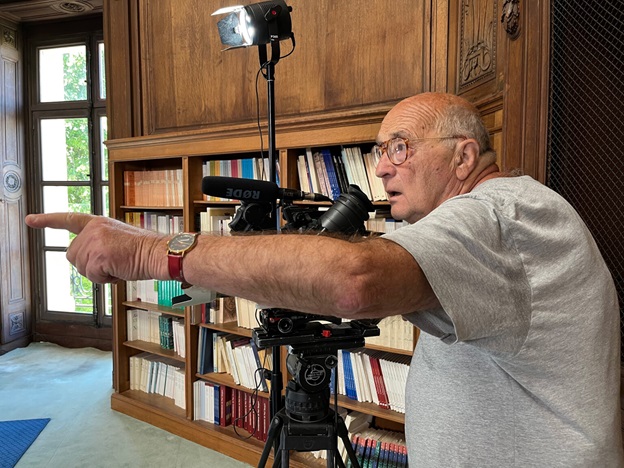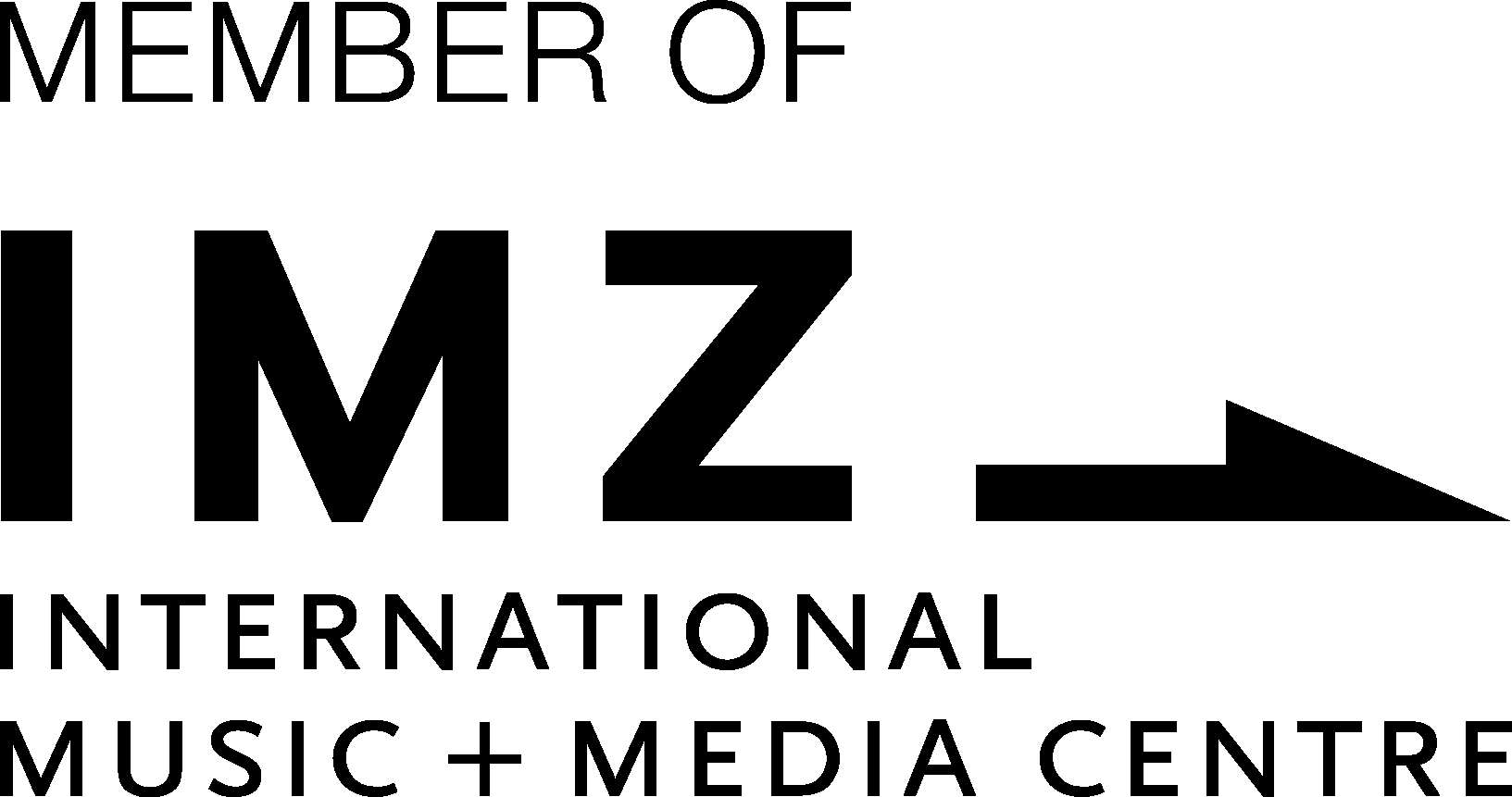Filmmaker Bruno Monsaingeon has been awarded a Special Achievement Award at the International Classical Music Awards 2024 (ICMA). Patrick Jézéquel from ICMA’s French Jury member ResMusica, made the following interview.
– Bruno Monsaingeon, at the very beginning of Filmer la musique, you legitimize your undertaking by saying that ‘if words stumble over sounds, images reinforce them’. Does that mean you’re filming as a musician, given that you’re a violinist?
– I could never have made my films without my knowledge of the repertoires of the violin, the piano, the cello and the quartet. What’s more, as a filmmaker myself, I necessarily have a relationship with the score. The idea is not to make a documentary about music, but to film it for its own sake. I find myself with a symphony orchestra, a quartet, a violinist…: how do I go about it, what do I frame and how, with what light, what movements, etc.? So, musical skill is necessary, and in return, it can be perceived in the finished film.
For example, when I filmed the Four Seasons with Yehudi Menuhin and his school orchestra, I started by playing with them, so I could give them all the instructions and observe them at the same time as I played the solo violin part. Afterwards, I sat for many long hours next to Menuhin, the most sublime figure imaginable, and together we worked out the bow strokes and disengagements, the types of vibratos, highlighting the passage from a C to an A flat, etc., so that the camera could really follow the thing. When I look at most other films about music, except those conceived by Karajan, I say to myself that they’re missing the point, because on the one hand, there’s no immediate, deep connection with the score, and on the other hand, there’s no sense of adequacy with the musical gesture, either at the moment of its accomplishment or at the moment of its interruption.
For me, the idea of a change of plan has to mean something, and it has to be justified. It’s not random or gratuitous. It’s not just a novelty in the orchestra – like, for example, the change of sound from oboe to flute – that really matters, it’s the gesture itself, generating a beginning and an end of plan. Any transition must be motivated by a harmonic event or that sort of thing. This question has been a subject of reflection for a very long time, and I’m still fundamentally interested in it today.
– In the same book, you specify that the viewer must never see the craft. Would you like to open the door of your studio for us by presenting a technique that is dear to you?
– In my opinion, all works of art that allow the strings to be seen are seriously flawed, because the craft must escape view, except of course to the analyst who works on the piece after the fact. In this respect, the phrase that struck me as crucial was Debussy’s comment about some of his works: ‘ça n’a pas l’air d’être écrit’. I think that’s wonderful, fantastic. Cinematographic techniques are so complex, especially when applied to music, because you have to make incredible manipulations to achieve what you’re looking for, independently of any idea of documentary!
I believe that for the Diabelli Variations or the String Quartets, I didn’t just capture the musical moment, but, once this had been captured and edited, I painted the music with the camera. The aim was to give the impression of an unfolding performance. For example, I had a lot of fun with the Death and the Maiden quartet, performed by the Alban Berg Quartet. There was no way I was going to do that in concert, that was my condition. The sound was recorded, then everything was artificial in the filming, including the position of the musicians, who were not in their traditional positions, which enabled me to capture all the interactions between the different instruments. Chamber music is all about exchanges, looks and gestures, and I had to convey this feeling. I had drawn up a work plan in which there were passages for four, others for three, for two and others one by one. I had drawn everything. And I also benefited from the extraordinary complicity of the musicians, which was immediate since we spoke the same language.
Günther Pichler, the first violinist, told me: ‘At 11 o’clock in the evening, I’m in slippers with Bobonne. So I drew up a work schedule in which he was sure to be released at 10 o’clock. But with the others, I stayed working until 3 a.m. easily. They all looked at my boards with great curiosity and amusement, and were ecstatic! I was able to draw them into my work. And the spectators were struck by the expressive power of the result. Through the image, the music takes on even greater power.’
I repeated the experience with the Arod and Debussy Quartets, and it worked very well. Very often, when I give a lecture in France or abroad, I start by playing the slow movement of La Jeune Fille et la Mort and ask the audience how many cameras they think were able to film what they’ve just seen. The answers vary: fifteen, five, six cameras… And finally I tell them: only one camera! And that’s the idea: with just one camera, you can go after things that require special construction, special lighting, framing that can be extremely close, completely controlled movement and so on. And I repeat the sequence until I’m satisfied. There’s nothing televisual about the work I do. Television has contributed financially to my work, but, paradoxically, my work is the antithesis of what television produces, which is made for mass consumption.
– What’s the nicest compliment a musician has given you about your work?
– I’m interested in the reactions of non-musicians. I want to convert them. But it was Dietrich Fischer-Dieskau who paid me the most touching compliment. During a public discussion between the two of us at the Berlin Philharmonic, he said to me simply: ‘How is it that your films have a musical structure, so that everything becomes coherent?’
I’m also thinking of Sviatoslav Richter. In Paris, we watched the still-unfinished film I was making about him. It was the day before he left for Moscow, where he was to die. At the end, he said to me: ‘ That’s me. Amazing, isn’t it?’ Brevity: two words. The idea that the music completely permeated what I’d been trying to do. What’s interesting is that these aren’t compliments, but perceptions of things. Otherwise, a remark that drove me mad with happiness: the day after a night of reruns of the two episodes on the life of Sviatoslav Richter – nearly three hours in all -, I went into a drug store where I have my habits. The young man in the gray lab coat behind the counter said to me: ‘I saw something of yours last night. I read your name, it was on a Russian musician. And I was stunned. I can’t believe it’s on Arte! You’d have thought it was a convict at the end of his life telling us about his crimes. That’s the nicest thing I’ve ever heard a non-musician say, the sentence that justified my existence. I don’t talk to people whose specialty is music.
– What would you say about the evolution of musical interpretation?
– Interpretation is of major importance, because there is no other way of bringing music to life. Which means we have the freedom to interpret it. There has always been evolution. One thing that happened fairly recently, 50-60 years ago, is an attempt to go back in time and imagine what it might have sounded like at the time of composition. I have reservations about this, especially as regards the expressive power of the music. I don’t know if you’re familiar with the words of Otto Klemperer, who was asked: ‘So, for you, Bach without vibrato?’ He replied: ‘Bach without vibrato? Hmm… It seems to me that he had twenty children… He couldn’t have had them without a bit of vibrato, could he?! ‘
After that, the Baroque movement has a lot of appeal… for secondary musicians, that is, for musicians who are exclusively of their time. But Monteverdi, Bach, Mozart, Brahms, etc., these are composers who are absolutely timeless; so it’s a mistake to try to reduce them to what they were during their lifetime. Richter used to say that the interpreter doesn’t exist, that it’s someone who knows how to read notes. But his personal investment was so powerful when he played that you can’t escape it.
Today, I see the curious disappearance of the idea of a star, except with someone like Mäkelä. And I think he’s going to be a huge star. He already is, in fact, just look at the number of young people who attend his concerts. For me, the idea of personal expression is always central. Bach cantatas with Karl Richter and Dietrich Fischer-Dieskau are much more interesting than those performed by Nikolaus Harnoncourt! Harnoncourt for Marin Marais is all very well, since he’s a composer who belongs to his time.
The merit of the Baroque movement is the rediscovery of totally forgotten works. We now have access to a whole host of pieces. On a more general note, now that the veil of Boulezian dogma has been lifted, there’s a real openness that shows there’s more to history than meets the eye. The greatest composers, Bach, Beethoven, Richard Strauss… wrote works that are open to the future! My feeling is that the project of reducing music to a chronology is a catastrophe.
– When filming, you usually start from the score. Recently, however, you managed to build your documentary directly around a conductor, in this case Klaus Mäkelä conducting Stravinsky’s The Firebird. It’s easy to imagine, perhaps wrongly, that Pierre Boulez conducting the same piece would never have aroused the same desire in you… Admittedly, the Finnish conductor is much more cinematic, but would you say that his gestures best convey this masterpiece?
– Yes, Mäkelä… His enthusiasm, the ball of energy that he is, and at the same time, a man of great kindness! When we met for the first time, he said to me: « It was a teenage dream for me to meet you one day. » Until then, he’d turned down every film proposal. I can’t believe it! He was actually waiting for me! The captation of The Firebird was very successful, even though it wasn’t supposed to be a captation. I had very few resources. We did it as a precaution. The same goes for Le Sacre du printemps. We didn’t work on the scores in any great detail. The producers hadn’t yet agreed to finance the film…
– Do you have any projects in mind?
– The film about Carlos Kleiber, which is completely written. It will be largely fictional, except that Kleiber was never a fictional character. We had exchanged a few letters, but it’s access to the important epistolary relationship he had with someone close to him that will enable me to make my film.
Otherwise, I’m about to do something I’d never have imagined: a film about a guitarist, Thibaut Garcia. A guitarist of genius. The script is written. I’ve always loved the sound-there are so many sounds! – of the guitar. Its repertoire is vast, but not all the greatest composers have written for the guitar. But Thibaut Garcia, such a great connoisseur of music and so natural (he’s perfectly himself), is prodigiously interesting!
(Via ICMA)












